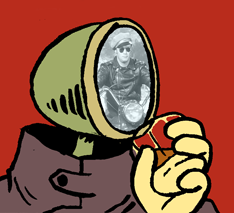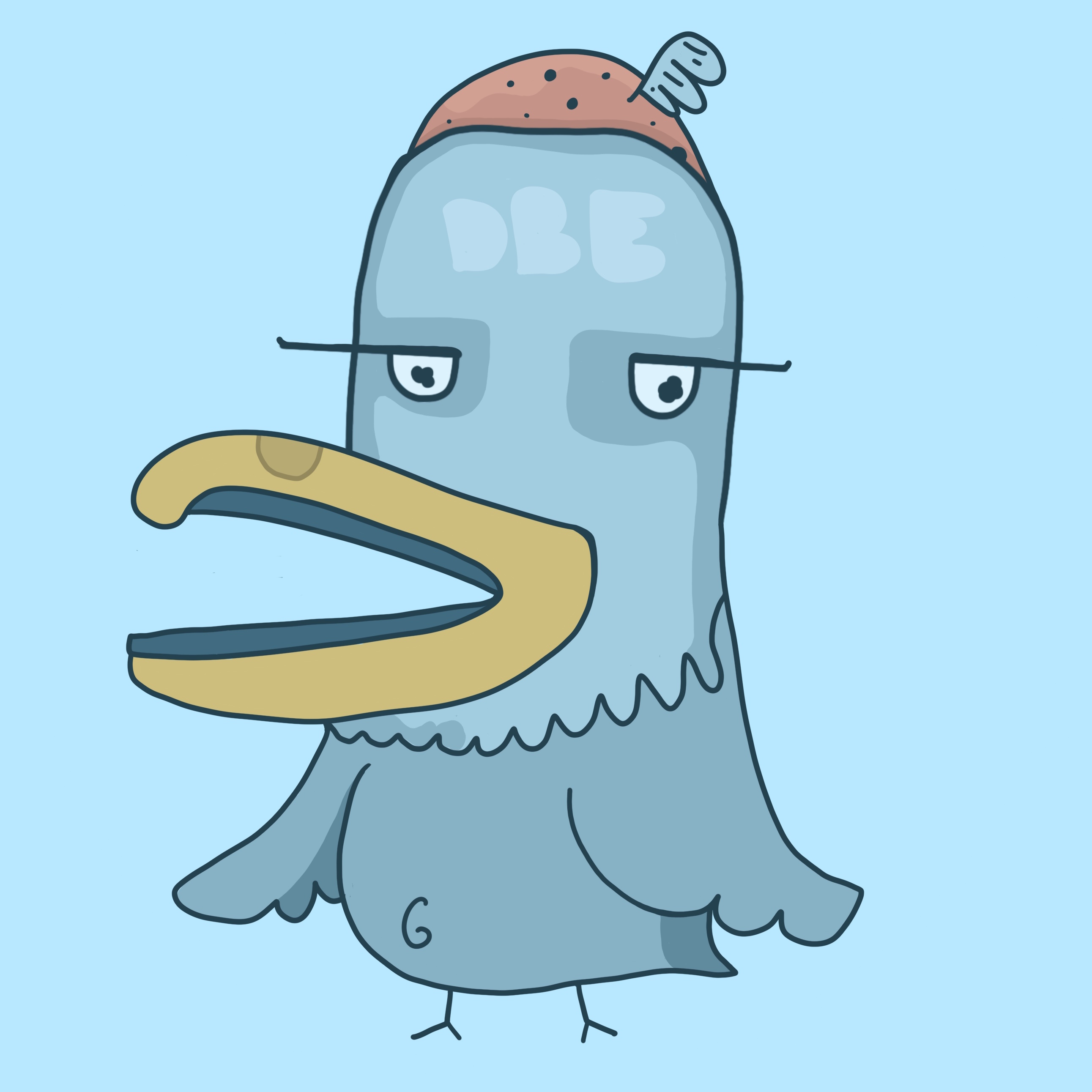¿
When reading out loud it’s helpful to know right away that the sentence you’re starting is a question.
I really like that in a longer sentence, you can tell exactly where the question part starts.
That would be a good feature to have, ¿ wouldn’t it?
Not even spaniards use them in nonformal written format my dude.
Pause interrogatives and interrogative starting marks - aka ,? and ¿
Interrogative starting marks are extremely useful for clarity and pause interrogatives better align with natural speech.
Eh buddy, me and Bob were thinking of heading down to Timmes. ¿Do you want to come,? there’s a sale on the chili.
!Yes, please!
Here, ¡¡¡¡, you can have some of mine. I barely use them these days anymore.
I often preface questions and exclamations with a couple question marks/exclamation points to help clarify! Very useful.
Punctuation to mark sarcasm would be rather helpful in text.
sure it would
That’s a fabulous idea ⇅
Reddit had /s.
I like yours better but can’t figure out how to input it.
I cut and pasted it from https://coolsymbol.com/. I imagine that there is a more direct way involving unicode, but I don’t know about that on my phone.
deleted by creator
Yeah, no one’s come up with one⸮ Even if they did, it probably wouldn’t make it into Unicode. 🙄
😁
English would benefit from using tilde and other inflection marks, especially to help non natives predict syllable stress.
Having words from multiple languages integrated into English means it’s difficult to predict how words will be pronounced.
Yeah, English using accents to mark stress would be very useful
I just wish my language didn’t had any tildes. They are tiring to write and easily forgotten.
To express a range of numbers, Korean (and likely other Asian languages) will use a tilde instead of a dash or hyphen. To me, that better expresses that we’re talking about an indeterminate value or a range. Especially when we use ~ for “about”, as in ~$20 for something that costs $17.99 before tax, for example.
Dining out costs like 20~40 dollars per person!
Whereas “20-40” looks too similar to a subtraction equation or a hyphenated word to me.
In properly formatted text, you use en dash for ranges.
En dash: 20–40
Hyphen: 20-40
Some (most?) modern text editors will substitute two hyphens with an en dash, so you can easily generate them by typing
--.(I get your point though! Just wanted to point out that there are much nicer and more appropriate glyphs than the hyphen.)
En dash is very useful for
Dates (3–20–25)
Subtraction (although I think math script uses its own unique dash?) (7 – 1 = 6)
Value ranges ($20–40)Then of course there’s the beautiful—and slightly different—em dash!
ISO 8601 or GTFO
Even with the en dash, it looks like subtraction to me! Haha
An em dash wouldn’t, but that would also probably be too wide
USA English also uses ~ before a number to signify “about” in informal contexts. “It costs ~$20”.
Chemistry has a weird one for this: “ca. 20 mL” means “about 20 mL” and I never found out why.
Circa?
It is circa, but I like to think it’s “chemist’s approximately”
Maybe, I usually only hear that in relation to time / maybe I’m not remembering it right, or maybe chemists apply it to amounts as well
Same, but it does mean ‘around’ or ‘approximately’, so would still work in this context.
≈ is what my math classes use
Isn’t that just “approximately equal to”, and as such, wouldn’t express a range?
I feel like the interrobang ‽ is highly underutilised.
Wow I wonder if I can even find it on the keyboard‽
took quite a while lol.
I wish it was on basic keyboards. I love ?! but I am in love with ‽ .
I’ve always liked § and ¶. I also don’t see people using ≈ and ~ in context enough. They’re fun to write.
Edit: Almost forgot this guy, too: ‽
The noble interrobang will one day shine like the star it is.
Are you kidding‽ I use it all the time! It’s even on my phone keyboard.
Did you know that there’s even an inverted interrobang? ⸘ I don’t know why, but it exists.
Spanish has opening question and exclamation marks, you would put this inverted interrobang at the beginning of your questclanation as in ‘⸘Por qué no los dos‽’.
I like the equals sign with three lines to mean “x is defined to be y.”
I’m not sure if a ≈ with three lines already has a meaning, but if it doesn’t, maybe it should mean “x is defined as similar to y.”
I want uppercase numbers
A parentheses-like mark to group parts of a sentence when it’s not clear which part a word belongs to. An example I saw lately that may not translate very well: “You are required to arrive an hour early so there’s time to do x, do y and do z”. Are you required to do y and z or do you just need the extra time to do them? You can usually tell from context but this type of mixup does happen sometimes.
In English I’m not sure how you could interpret that sentence in a way where you didn’t have to do y or z, but it is unclear whether it is just x that takes a long time, or if all three things do.
Yeah it’s not a great example, the difference could be on whether you’d have to do y and z before getting there or they’d give you the materials to do them on the spot. Say signing a form they provide vs finding it, printing it and bringing it with you.
I wish we had either a single grammatical notation or some kind of special encapsulation to denote sarcasm, because I just hate how “/s” looks. Especially in a hand written paper. It is 100% an internetism and it shows. Most people probably don’t even know why there is a forward slash in it. Lemmings probably do, but most of us are internet gremlins so of course we’d know.
⟨On paper the /s looks great!⟩
I wish English had a word like the German “doch,” to answer questions like “you’re not afraid?”
If you said “doch” in response to that question, how would you translate what happened to an English speaker?
Not punctuation, but sartalics. It’s italics format but slanted the other direction. Somebody invented it then made it a funny you have to pay for like a jackass instead of working to make it a formating option to there with bold, underline, and italics.
It’s intended to be used for sarcasm, as the name implies.
Barring that, a punctuation mark for sarcasm works be nice.
There is one, the interrobang: ‽
But personally I don’t like this glyph, it doesn’t really work outside of sarcastic questions imo.
deleted by creator
I tend to use “…?” for that purpose. Haven’t had any complaints as of yet.
I would love a certainess punctuation. I had a DND character based on the less wrong forum that added percentages of certainess of things they’ve learned.
So like “the wizard says he is 20. [30%]” and “the wizard says he is a wizard [90%]”
deleted by creator
Shit I do that, especially at work (e.g., “I tell you this with an 80% certainty”).
/s is an interesting addition and could use a glyph











